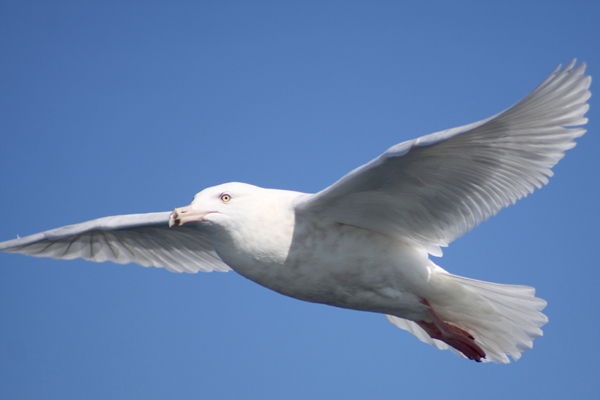Begin with being.
“Being” creative has two modes but from the outside we only see the second one, the “doing” mode. We see the artist painting the canvas, the cook stirring the pot, the gardener trimming the hedge, the businessman dealing with customers.
That doing mode kicks in during Stage Four, the Composition stage of the creative process. Before that, there are three, equally crucial but invisible stages: Intention, Incubation and Investigation of memory and imagination. These arise from the “being” mode.
So what is creative being? It’s the nothingness without which nothing can be. Consider a page of writing. Between the words and letters is space. The words always get much more of our attention but both words and space are necessary to meaning. A page with only marks on it is all black. Unreadable. Meaningless. The more space around the words, the more meaningful they generally are, one of the reasons a page of poetry is more eloquent than, say, a page of legalese.
It’s the same with life. We have the content of our lives – the thoughts, feelings, events, experiences, stuff, people. The “thingness” of life, if you like. This we notice. But also always there is the ”no-thingness”. It too is necessary.
Nothing is what makes everything.
Conscious creativity needs us to take notice of this nothingness, this space that lies around us and within us. It is our creative intelligence and when we waken to it, we enter the timeless present. (It works vice versa, too: the more deeply we move into the present moment we are in, the more our creative intelligence is activated).
This is the creative zone and here is where we begin to really see, and to really know, drawing on capacities that are deeper than our conventional, analytical mind. This is the paradox of creative intelligence. By focussing on nothingness, thingness manifests.
“We reclaim a form of perception that was once common to all people and cultures, and which is innate in every infant born into this world ” says Stephen Harvard Buhner, author of Ensouling Language. ”The conscious mind begins to move into the background, and the statistical mentality begins to be left behind…”
We’ve gone creative.

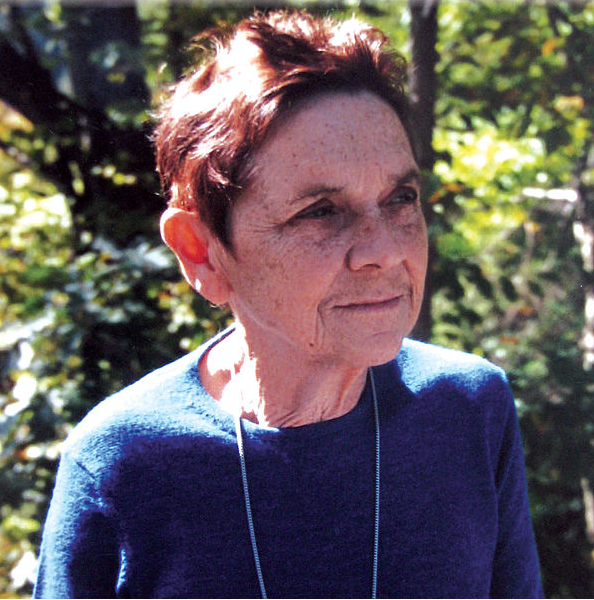 The social order is also the topic of the next poem but here gender is the dispossessor. Jesus, like every other human who ever lived was, in the words of the great Adrienne Rich, “of woman born” and Rich's “Translations” speaks of the politics of female love and despair love as experienced one Christmas day, on 25 December 1972.
The social order is also the topic of the next poem but here gender is the dispossessor. Jesus, like every other human who ever lived was, in the words of the great Adrienne Rich, “of woman born” and Rich's “Translations” speaks of the politics of female love and despair love as experienced one Christmas day, on 25 December 1972.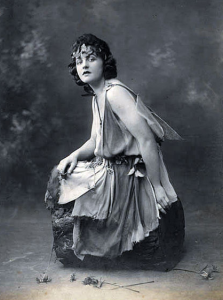 Ten Thoughts on creating from
Ten Thoughts on creating from 
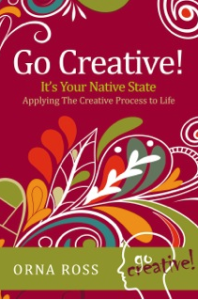 “When Doing becomes infused with the timeless quality of Being, that is success.” ~ Eckhart Tolle.
“When Doing becomes infused with the timeless quality of Being, that is success.” ~ Eckhart Tolle.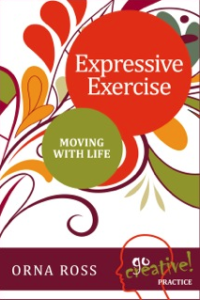
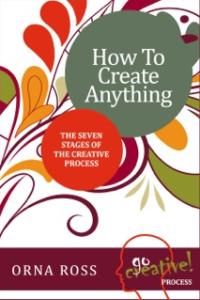
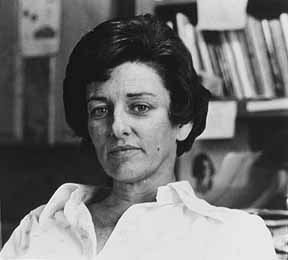 The Christmas story has nothing to say to daughters and that's often a source of anger for women poets. In “Christmas Eve”, Sexton captures such daughterly anger within agonising imagery and a tightly controlled rhyme scheme and rhythm that slowly unpeels her ambivalence: your ageing daughters, each one a wife/each one talking to the family cook,/each one avoiding your portrait,/each one aping your life…
The Christmas story has nothing to say to daughters and that's often a source of anger for women poets. In “Christmas Eve”, Sexton captures such daughterly anger within agonising imagery and a tightly controlled rhyme scheme and rhythm that slowly unpeels her ambivalence: your ageing daughters, each one a wife/each one talking to the family cook,/each one avoiding your portrait,/each one aping your life…